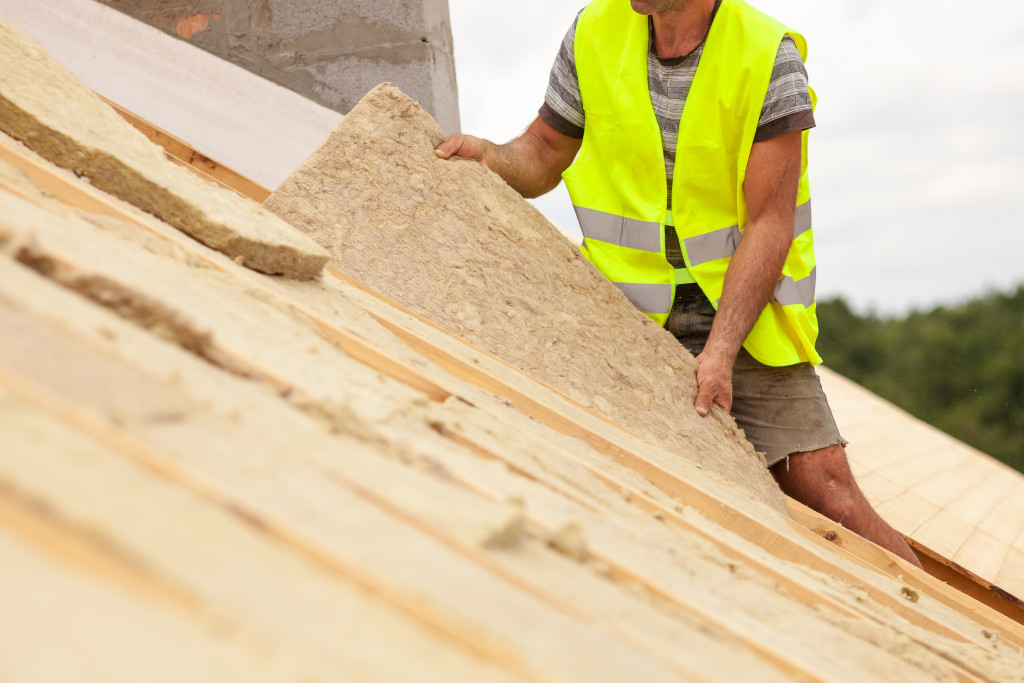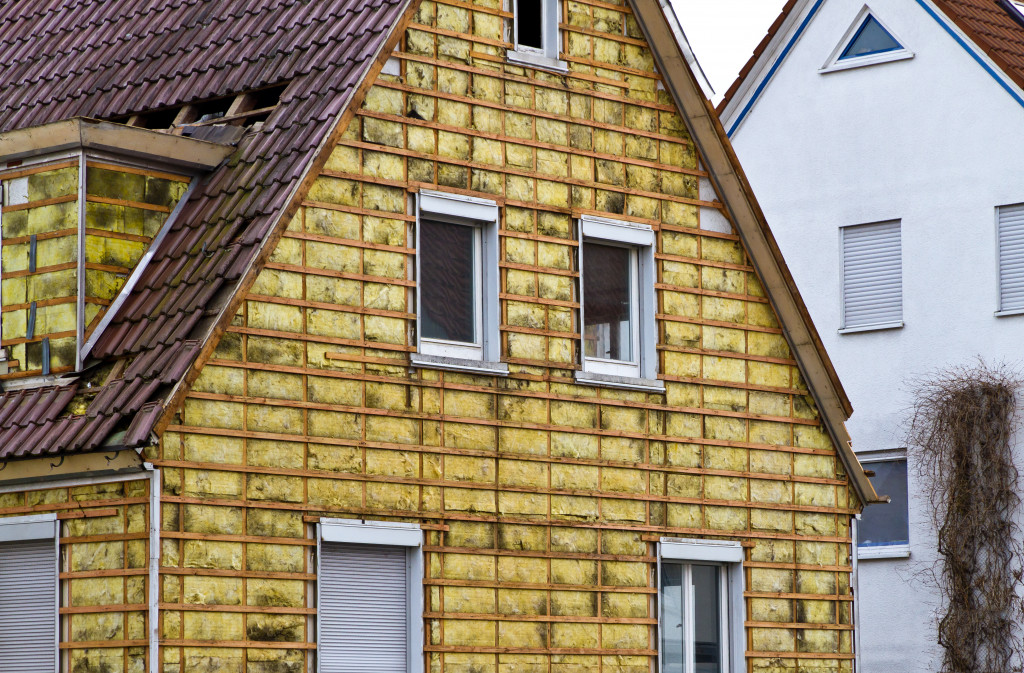The first thing to consider when renovating an old house is whether you’re looking to preserve history or make a change. Whether you want to keep the original look, feel, and layout of your home or update it for modern living.
You should also think about what materials are available in your area that suit your design needs. For example: if you live in a coastal region where wood isn’t readily available, don’t get too caught up in having wood floors throughout the entire house! If there’s something else more feasible for your location and budget, then go with that instead. Finally, have realistic expectations about the costs involved with any renovation project. Some projects end up costing way more than anticipated because they involve unforeseen complications which require additional work and materials.
Once you’ve considered all of those factors, it’s time to move on to the nitty-gritty details:
1. The Condition of the Walls and Roof
Before starting any renovation project, you should take a good look at the condition of the walls and roof. If there are any major problems like water damage, it’s best to address those first. Otherwise, they’ll only get worse over time and cost you more in the long run.
2. Access to Natural Light
One of the benefits of renovating an old house is that it often comes with access to natural light, which can be pretty scarce in newer construction homes. If your house doesn’t have any windows, or they’re all very small, consider ways to bring in more natural light, such as installing pyramid roof lanterns or adding skylights.
3. Ability to Bring Electricity into the Space
Another thing to consider is whether it’s even possible to bring electricity into space. If your old home doesn’t have any electrical outlets, you’ll need to factor that into your renovation budget and timeline.
4. The Layout of the House
Another thing to consider is the layout of the house. If you’re not too crazy about the way the house is currently laid out, there are ways to alter it without going through a full-scale renovation. For example, if you don’t like the way the kitchen is positioned in the house, you could knock down a wall and create an open-concept kitchen/living area.
5. The Condition of the Floors and Ceilings
Before starting any renovation project, you should also take a look at the condition of the floors and ceilings. If they’re in bad shape, you might need to replace them entirely, which can add a lot to the overall cost of the renovation project.
6. The Age of the House
The age of your house is also something to consider before starting a renovation project. If your home is more than 100 years old, there might be some unique construction features that you’ll want to keep in mind while renovating it. For example, homes built prior to the 1920s often had plaster walls which aren’t very durable and can easily be damaged during a renovation project.
7. The Style of the House
The style of your house is another thing to consider before starting a renovation project. If you’re not sure what style your house falls into, there are a few clues you can look for. For example, if the roof has steeply pitched gables, it’s likely a traditional Victorian-style home. If the eaves are wide, the house is likely a Colonial Revival.
8. The Neighborhood/Area the House is Located In
The neighborhood or area the house is located in is also something to keep in mind while renovating an old house. If you live in a historic district, there might be some restrictions on what you can and can’t do when renovating your home.
9. The Size of the House
The size of your house is also something to consider before starting a renovation project — especially if you’re living in a small space. Renovating a small house can be tricky because you don’t want to make it feel too cramped. On the other hand, if your house is too large, you might not want to spend the time or money renovating all of it.
10. The Cost of Renovation Materials and Labor

Last but not least, you need to consider the cost of renovation materials and labor. If you’re doing a lot of the work yourself, the cost will be significantly lower than if you’re hiring a contractor. However, keep in mind that even if you’re doing some work yourself, there will still be some costs involved, so make sure you have a realistic budget in mind before starting any renovation project.
Conclusion
Renovating an old house can be a lot of fun, but it’s important to keep all of these things in mind while doing it. By considering all of these factors, you’ll be able to ensure that your renovation project goes as smoothly as possible!

